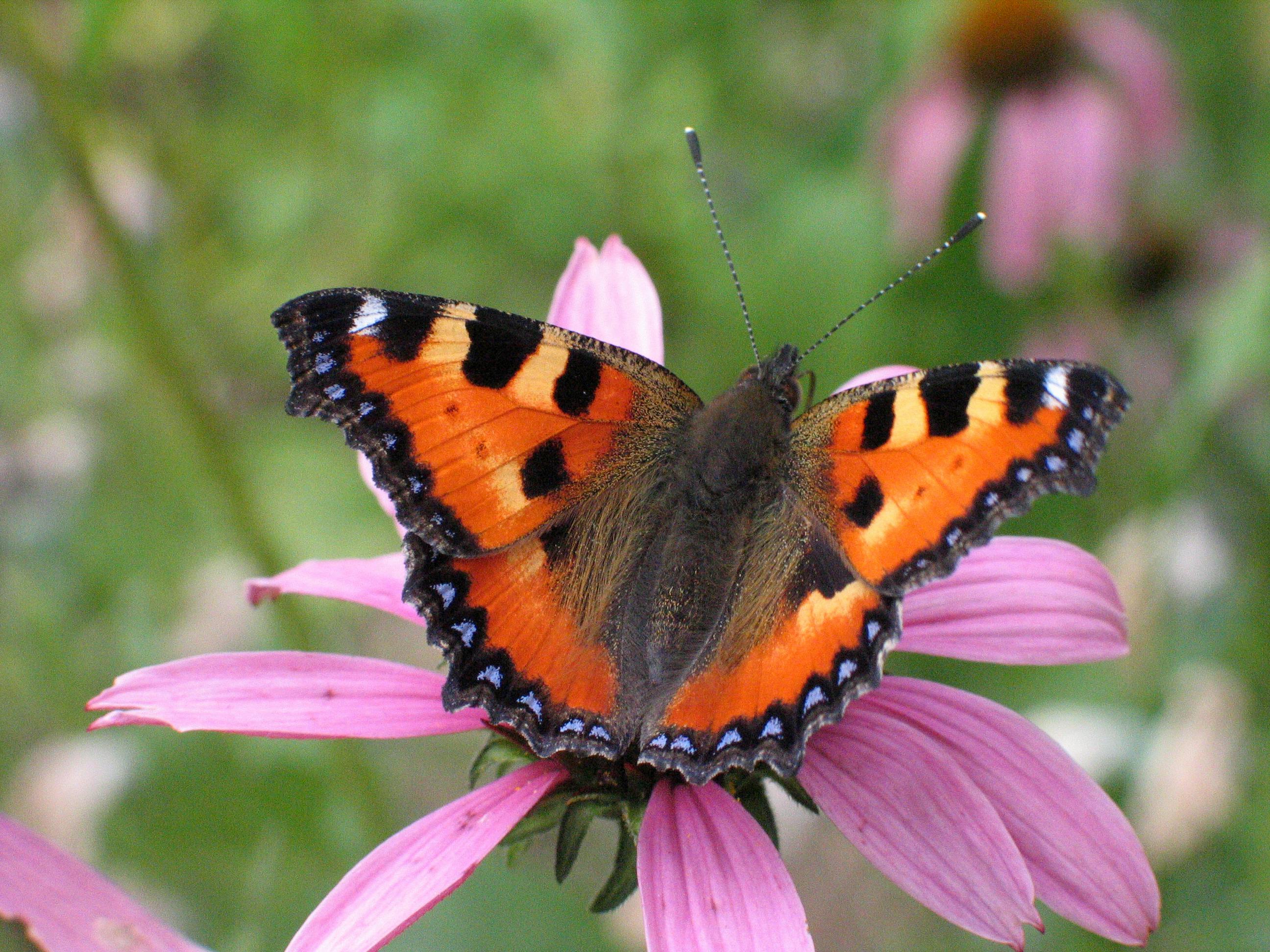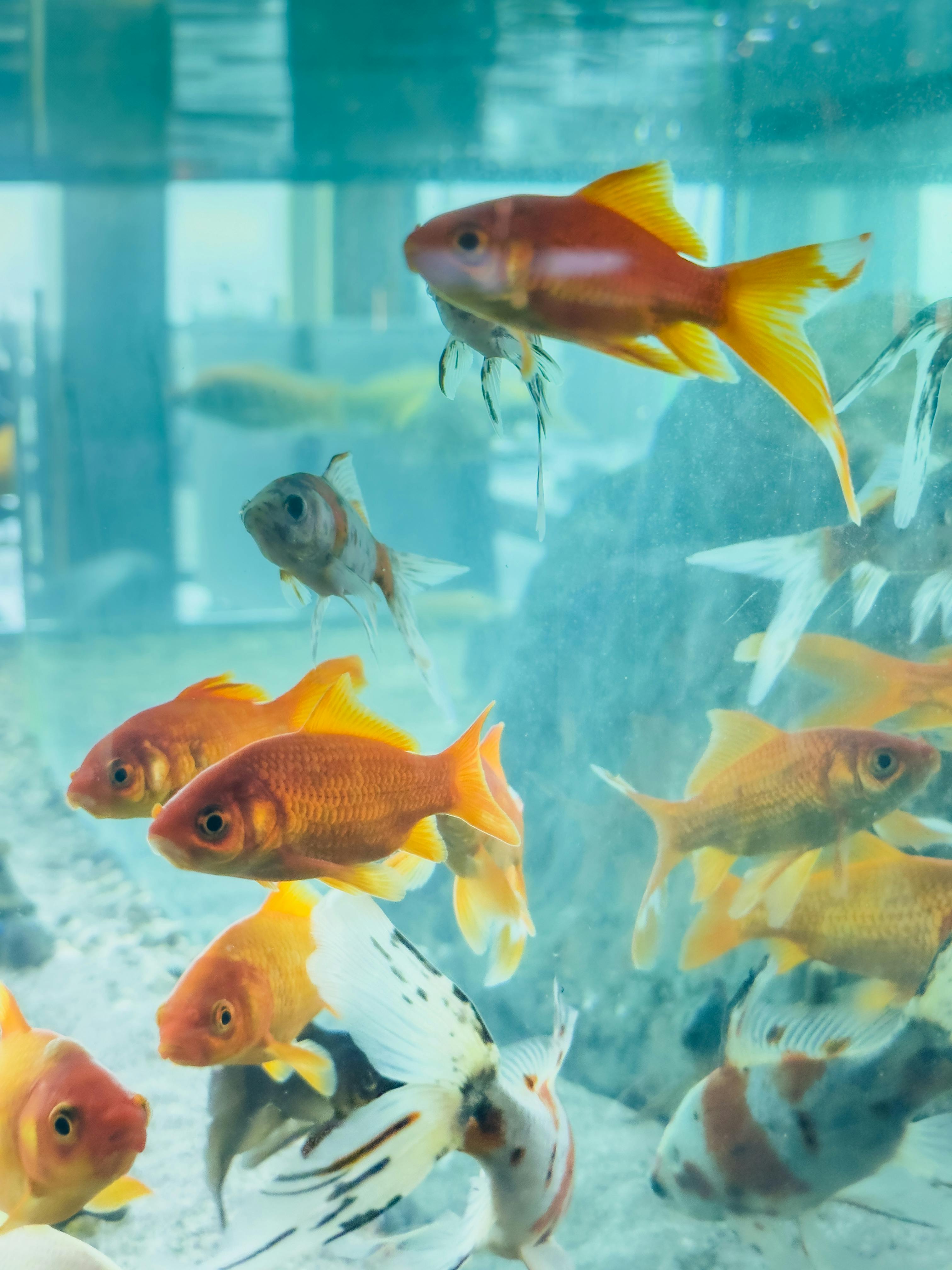
Apply Now


Effective Ways to Care for Your Golden Albino Axolotl in 2025
The golden albino axolotl, a stunning variation of this fascinating amphibian, has gained popularity among pet enthusiasts for its unique appearance and charming behavior. These creatures are not only visually captivating but also relatively easy to care for when the proper guidelines are followed. In 2025, understanding their specific needs has become essential to maintaining a healthy and vibrant axolotl. For those considering adopting a golden albino axolotl, it's crucial to familiarize yourself with their care requirements, suitable habitats, and unique characteristics. This article will delve into effective ways to ensure your axolotl thrives, covering aspects such as tank setup, temperature requirements, feeding practices, breeding tips, and common health issues. As we explore the essentials of albino axolotl care, you'll discover practical tips that will help you create a welcoming environment for your aquatic friend. By understanding your axolotl's habitat and maintenance needs, you can foster a healthier and more stable living environment, ultimately leading to a longer, happier life for your pet. Prepare for an insightful journey into the world of golden albino axolotls where we will also address frequently asked questions, reveal the critical elements of caring for these creatures, and offer expert recommendations on best practices.Understanding Golden Albino Axolotl Characteristics
Understanding the golden axolotl's unique features is vital for their proper care. The golden albino axolotl stands out with its bright, almost transparent skin and striking yellowish hue, resulting from genetic mutations that affect pigmentation. This distinct appearance not only makes them visually appealing but can also lead to variations in behavior and care compared to their darker counterparts. In addition to their physical traits, golden albino axolotls exhibit fascinating behavioral patterns. Generally, these axolotls are social creatures, responding well to gentle interaction and stimulation. They possess remarkable gills that not only serve a respiratory function but also are visually stunning, enhancing their aesthetic appeal. Understanding their anatomical features, such as the gills' role in breathing and the axolotl's ability to regenerate limbs, can enhance your appreciation for these creatures and how best to care for them. Moreover, knowing about their typical lifespan—around 10 to 15 years in captivity—highlights the long-term commitment involved in pet axolotl ownership. With this in mind, you can focus on creating a suitable habitat tailored specifically to their needs, ensuring they live a healthy, enriching life.Axolotl Habitat Setup
Setting up an optimal habitat for your golden albino axolotl requires specific considerations that prioritize their health and well-being. It is essential to mimic their natural environment as closely as possible. A well-established tank is necessary, typically recommended to be at least 20 gallons for a single axolotl. The addition of filtration systems is crucial in maintaining water quality, as these creatures are sensitive to chemical imbalances. When preparing the tank, focus on the substrate and decorations that will not harm your axolotl. Sand or smooth gravel works well, while sharp rocks should be avoided to prevent injuries. Incorporating hiding spots and live plants can also aid in making your axolotl feel secure, promoting healthy behavior patterns. Light levels should be regulated, keeping the environment dim to avoid stress. Additionally, monitoring the axolotl’s water conditions—temperature, ammonia, and pH—will be pivotal to their long-term health. The ideal water temperature for golden albino axolotls ranges between 60°F and 68°F, and water changes should be performed regularly to keep their environment clean.Feeding Your Golden Albino Axolotl
Feeding is a vital aspect of albino axolotl care. Their diet should primarily consist of high-quality axolotl foods such as earthworms, bloodworms, and specially formulated pellets. It’s essential to provide a varied diet that meets their nutritional needs, ensuring that they receive the necessary vitamins and minerals for proper growth and health. Feeding frequency should be monitored; juvenile axolotls typically require feeding every day, while adults can be fed every other day. Being mindful of portion sizes is crucial, as overfeeding can lead to health issues, such as obesity. Observing their eating habits will allow you to adjust feeding amounts appropriately. For those interested in breeding, understanding the dietary needs of breeding axolotls is equally important. A nutritious diet supports the reproductive health of your axolotls and increases the likelihood of successful breeding.Maintaining Optimal Axolotl Tank Conditions
The importance of maintaining optimal tank conditions cannot be overstated, as these factors directly influence the health and behavior of your golden albino axolotl. Regular monitoring of water quality is essential, including parameters like ammonia levels, nitrite, and nitrate, which must be kept in check to prevent stress or illness. Investing in a good filtration system will help maintain water clarity and quality. Regular water changes, approximately 20-30% every two weeks, are recommended to keep your axolotl's environment as healthy as possible. Additionally, varying water temperature is crucial; stability is more important than keeping it at an exact degree. When new water is added, ensure it is treated to remove chlorine, as this can be harmful to axolotls. Utilize water conditioners to ensure a safe living environment. By prioritizing these factors, you will foster a thriving habitat conducive to your axolotl's health.Common Axolotl Health Issues
Despite being relatively robust, golden albino axolotls are not immune to health issues. Common problems include skin infections, fungal infections, and issues related to improper water quality. Keeping a close eye on your pet's behavior, such as lack of appetite or abnormal swimming patterns, can help you catch potential problems early. To reduce the risk of such health issues, maintaining consistent water quality and proper nutrition is critical. Regularly observe for signs of distress, such as frayed gills, swelling, or abnormalities in coloration. If you notice these signs, it’s best to consult an aquatic veterinarian who specializes in amphibians for prompt diagnosis and treatment. Additionally, understanding genetic predispositions can play a role; some albino axolotls may be more prone to specific ailments. Familiarizing yourself with axolotl health will enable you to provide better care and ensure a longer life span for your pet.Breeding and Raising Axolotls
Breeding axolotls can be a rewarding, yet challenging, endeavor. When breeding golden albino axolotls, it's essential to understand their breeding season, which typically occurs in the spring. Observing mating behaviors, such as courtship displays, can signify readiness for breeding. During this process, it's crucial to provide a separate breeding tank to prevent stress on the parents and protect the larvae after hatching. After successful breeding, the fertilized eggs will hatch in about 14 to 20 days. The larvae will need specific care, including appropriate food types that meet their developmental needs, such as micro-worms or baby brine shrimp. Successful breeding strategies involve monitoring the larvae's growth stages and providing suitable tank conditions to ensure healthy development. It's imperative to avoid overcrowding, which can lead to fighting and stress among the baby axolotls. Careful attention during these early stages will yield a successful transfer to a larger tank as they grow.Conclusion and Axolotl Care FAQ
In conclusion, understanding how to care for your golden albino axolotl in 2025 is essential for ensuring a long and healthy life for these unique creatures. Focus on providing an ideal tank setup, maintaining water quality, and addressing dietary needs will go a long way in fostering a vibrant axolotl. Remember, regular interaction and attention to their health will allow for a fulfilling bond between you and your pet. **FAQ** 1. **What are the ideal tank mates for golden albino axolotls?** - Opt for peaceful species that won’t nip at their gills, such as certain snails or small fish. Always monitor interactions. 2. **How often should I feed my axolotl?** - Adults generally do well with feeding every other day, while juveniles require daily feeding. 3. **What affects axolotl lifespan?** - Key factors include tank conditions, diet, and overall care. Ensuring a stress-free environment can positively influence their lifespan.
